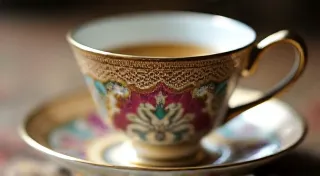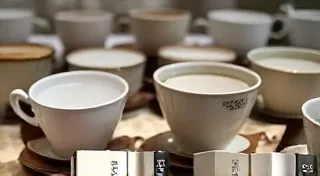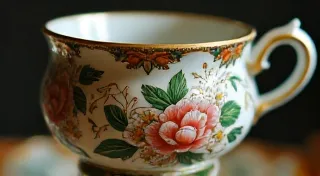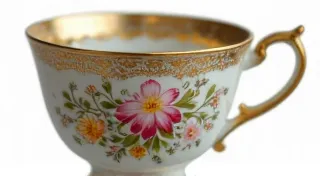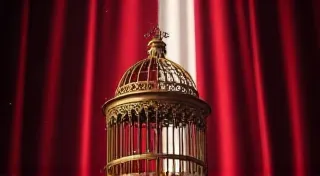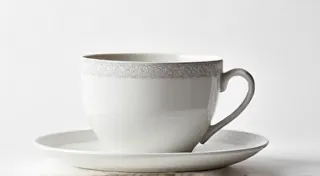The Gilded Cage: How Victorian Sentimentality Shaped Antique Tea Cup Design & Value
There’s a quiet poetry held within the fragile curve of an antique tea cup. More than just a vessel for Earl Grey or Darjeeling, these delicate objects are tangible whispers from a bygone era – the Victorian era, a period defined by ornate beauty, profound sentimentality, and a strict, yet evolving, social hierarchy. Owning a piece of that history, cradling a tea cup passed down through generations, evokes a feeling that’s hard to describe; a connection to a time when grace and refinement were paramount.
My grandmother, bless her soul, had a tea cup collection that filled an entire china cabinet. I remember, as a child, being utterly captivated by their delicate beauty. She’s gone now, but the memory of her carefully setting the table, the soft clink of porcelain against china, remains vivid. Each cup, she explained, held a story – a wedding gift, a memento from a journey, a symbol of a specific tradition. It wasn’t merely about *having* tea cups; it was about the ritual, the symbolism, and the connection to the past.
The Rise of Domesticity and the Tea Service Ritual
The Victorian era (roughly 1837-1901) witnessed a significant shift in societal norms. As industrialization progressed, a growing middle class sought to emulate the aristocracy, focusing on cultivating a respectable and refined domestic life. Tea, initially a luxury enjoyed solely by the elite, became increasingly accessible and a cornerstone of social gatherings. The elaborate tea service, complete with a full set of cups, saucers, milk jugs, sugar bowls, and serving trays, became a status symbol, demonstrating a family’s ability to afford leisure and create a welcoming home.
This burgeoning culture of domesticity directly fueled the demand for exquisitely crafted china. Manufacturers responded by creating increasingly elaborate and sentimental designs. No longer were plain white cups sufficient; intricate floral motifs, gilded edges, romantic landscapes, and personalized monograms became the norm. The tea cup wasn't just for drinking; it was a conversation starter, a subtle advertisement of social standing, and a reflection of the owner’s taste and aspirations.
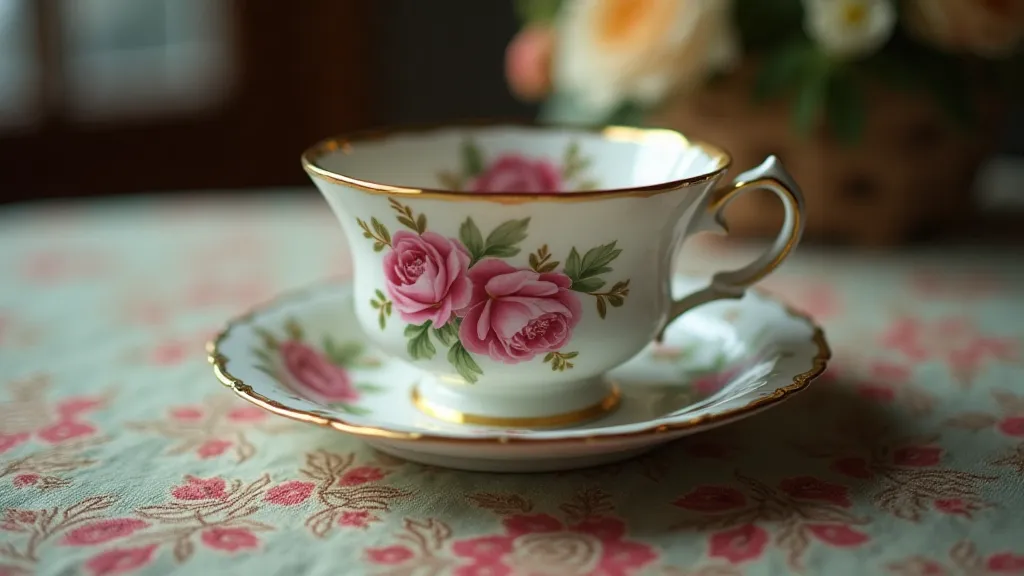
Decoding the Language of Flowers and Gilded Dreams
The Victorians were obsessed with symbolism, and nowhere is this more evident than in the language of flowers, also known as floriography. Each flower held a specific meaning, and these floral motifs were strategically incorporated into tea cup designs to convey hidden messages. Roses, for example, represented love and beauty, while forget-me-nots symbolized remembrance. Lilacs signified first love, and pansies conveyed thoughts. A young woman receiving a tea cup adorned with violets might be subtly hinting at her romantic interests!
Beyond floral symbolism, the level of gilding was a key indicator of value and status. Heavier gilding, painstakingly applied by hand, signified greater expense and refined taste. The detail wasn’t merely aesthetic; it was a statement. Imagine the hours of labor involved in meticulously applying that precious gold leaf. It was a tangible expression of wealth and artistry. Understanding how gilding contributes to the overall value and appreciation of these antique treasures is crucial for both collectors and enthusiasts - for a more in-depth look, you can explore the significance of gilding on antique tea cups.
Furthermore, personalized monograms and family crests were frequently incorporated into tea cup designs, particularly for wedding gifts or christenings. These personalized touches added a layer of intimacy and exclusivity, transforming the tea cup into a cherished heirloom.
Common Antique Tea Cup Manufacturers and Their Signatures
Identifying the manufacturer of an antique tea cup is crucial for determining its value and historical significance. Several renowned companies thrived during the Victorian era, each known for its distinctive style and craftsmanship.
- Minton: Known for their exceptional quality and innovative designs, Minton often featured vibrant colors and intricate detailing. Marks typically include "Minton" or a factory mark.
- Wedgwood: Renowned for their jasperware and elegant shapes, Wedgwood tea cups often boast a refined simplicity. Look for "Wedgwood" or a factory mark.
- Royal Doulton: Royal Doulton offered a wide range of styles, from ornate Victorian designs to Art Deco patterns. Marks vary depending on the era.
- Shelley: Shelley tea cups are highly sought after by collectors, particularly those featuring delicate floral patterns and gilded accents. Look for "Shelley" or a factory mark. For those who are fascinated with Shelley's distinct patterns and markings, learning identifying Shelley tea cups can be a rewarding exploration.
- Spode: Spode's designs often blended classical and romantic influences. Marks can be complex and vary depending on the era.
Careful examination of the base of the cup is essential. Many manufacturers used impressed marks, printed marks, or a combination of both. Researching these marks and comparing them to known manufacturer’s marks is a key skill for any serious collector.
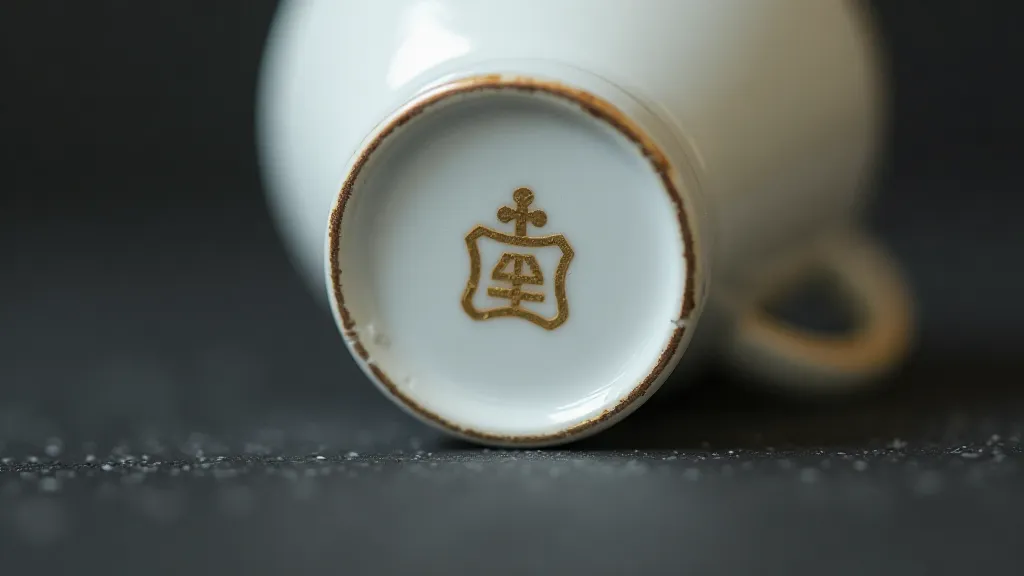
The Impact of Changing Tastes and Present-Day Value
As tastes evolved beyond the Victorian era, the demand for elaborately decorated tea cups waned. Many beautiful pieces were relegated to attics and forgotten. However, the resurgence of interest in antiques and vintage items in recent decades has brought these forgotten treasures back into the spotlight.
The value of antique tea cups is influenced by several factors: rarity, condition, manufacturer, pattern, and provenance. Pieces in excellent condition, with original markings and minimal wear, command the highest prices. Scarce patterns and pieces with documented histories (provenance) are also highly prized. The care and maintenance of these fragile pieces are paramount to preserving their beauty and value.
The emotional connection we have with these objects also plays a significant role. Owning a tea cup that evokes memories of a loved one, or that represents a connection to a specific historical period, can add immeasurable value – not just in monetary terms, but in sentimental worth. Understanding how to properly care for these treasured heirlooms is essential for ensuring their longevity and continued appreciation. For comprehensive guidance on how to care for your antique tea cups, consult our detailed article.
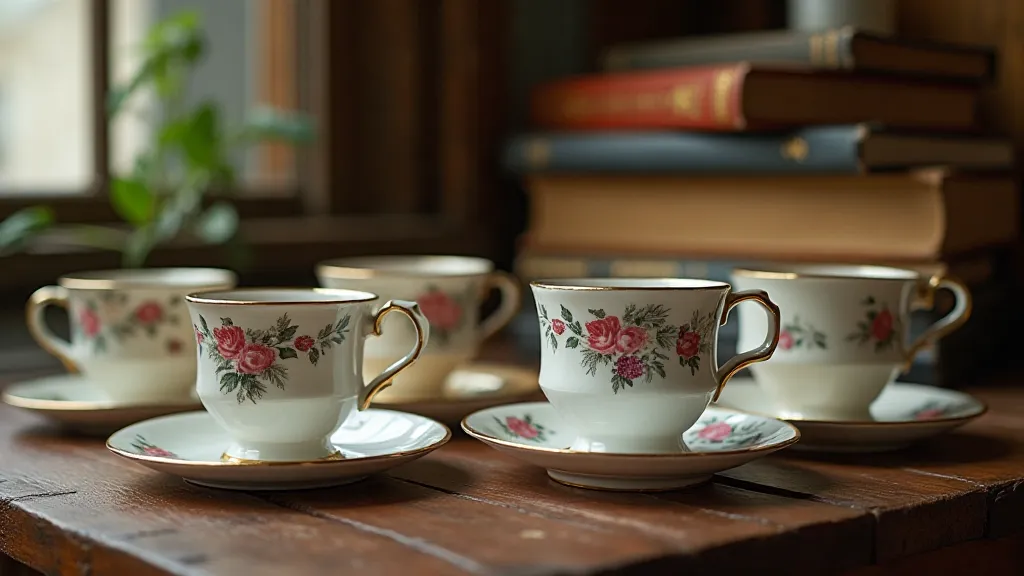
Preserving the Legacy: Care and Collecting Tips
For those who collect antique tea cups, proper care is essential to preserve their beauty and value. Avoid harsh detergents and abrasive cleaners. Gentle hand washing is always recommended. Store your tea cups carefully, wrapped in acid-free tissue paper and cushioned to prevent breakage.
When building a collection, focus on what excites you. Don’t feel pressured to acquire rare or expensive pieces. The joy of collecting lies in the discovery, the learning, and the connection to a bygone era. Just as my grandmother’s tea cup collection sparked a lifelong appreciation for history and artistry, perhaps your own collection will inspire future generations to cherish these fragile whispers from the Victorian age. Further expanding your knowledge of British pottery and its evolution can greatly enrich your collecting journey.
